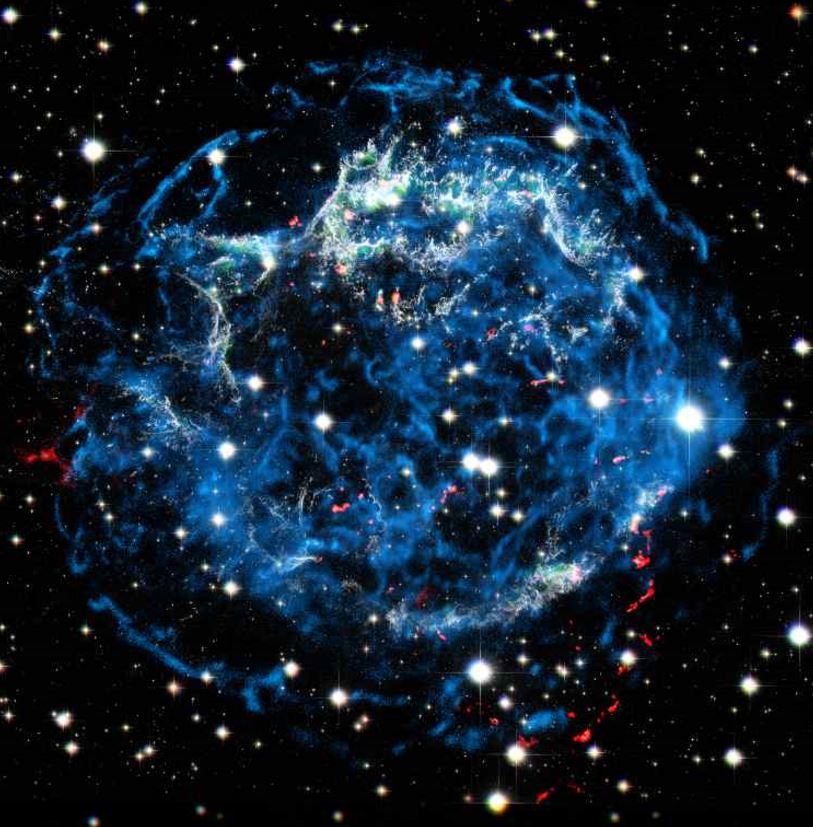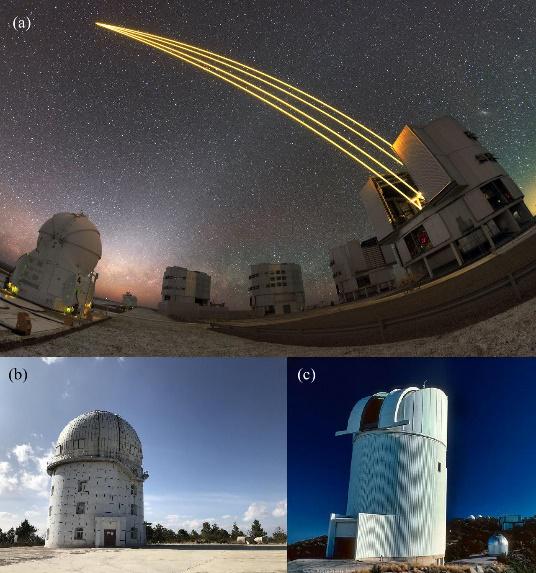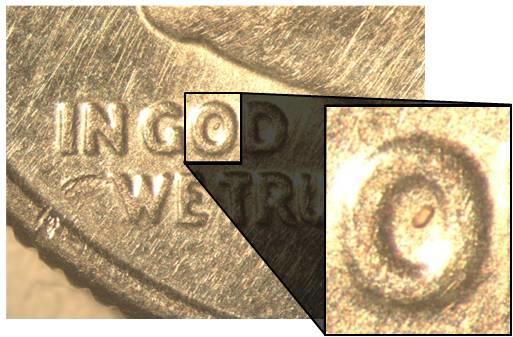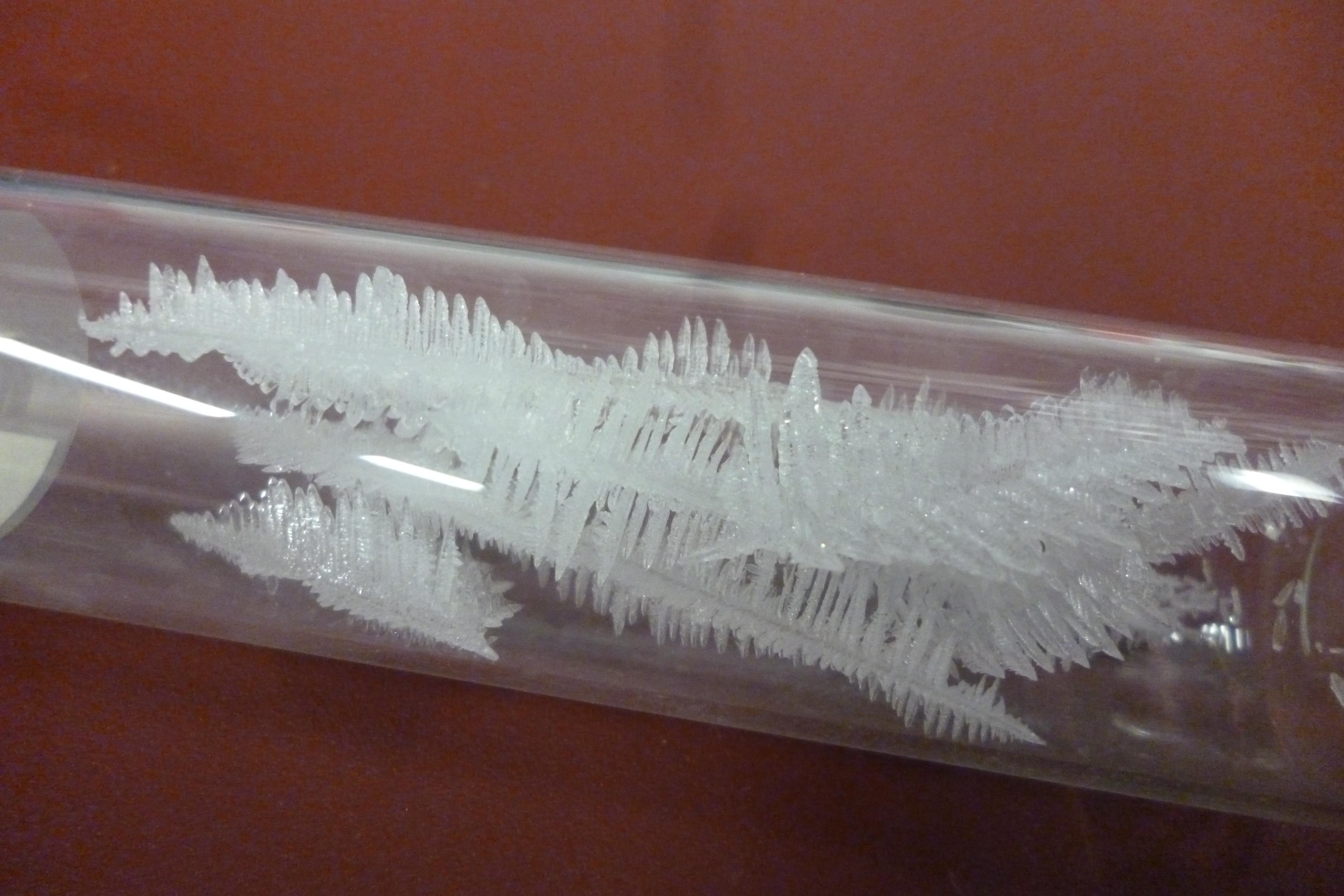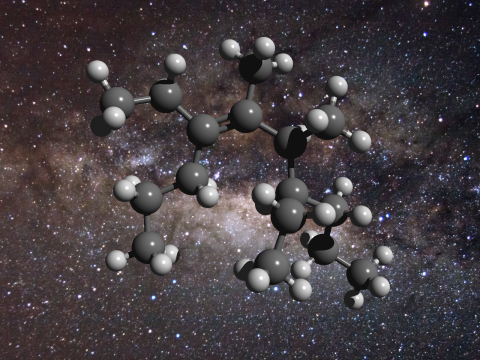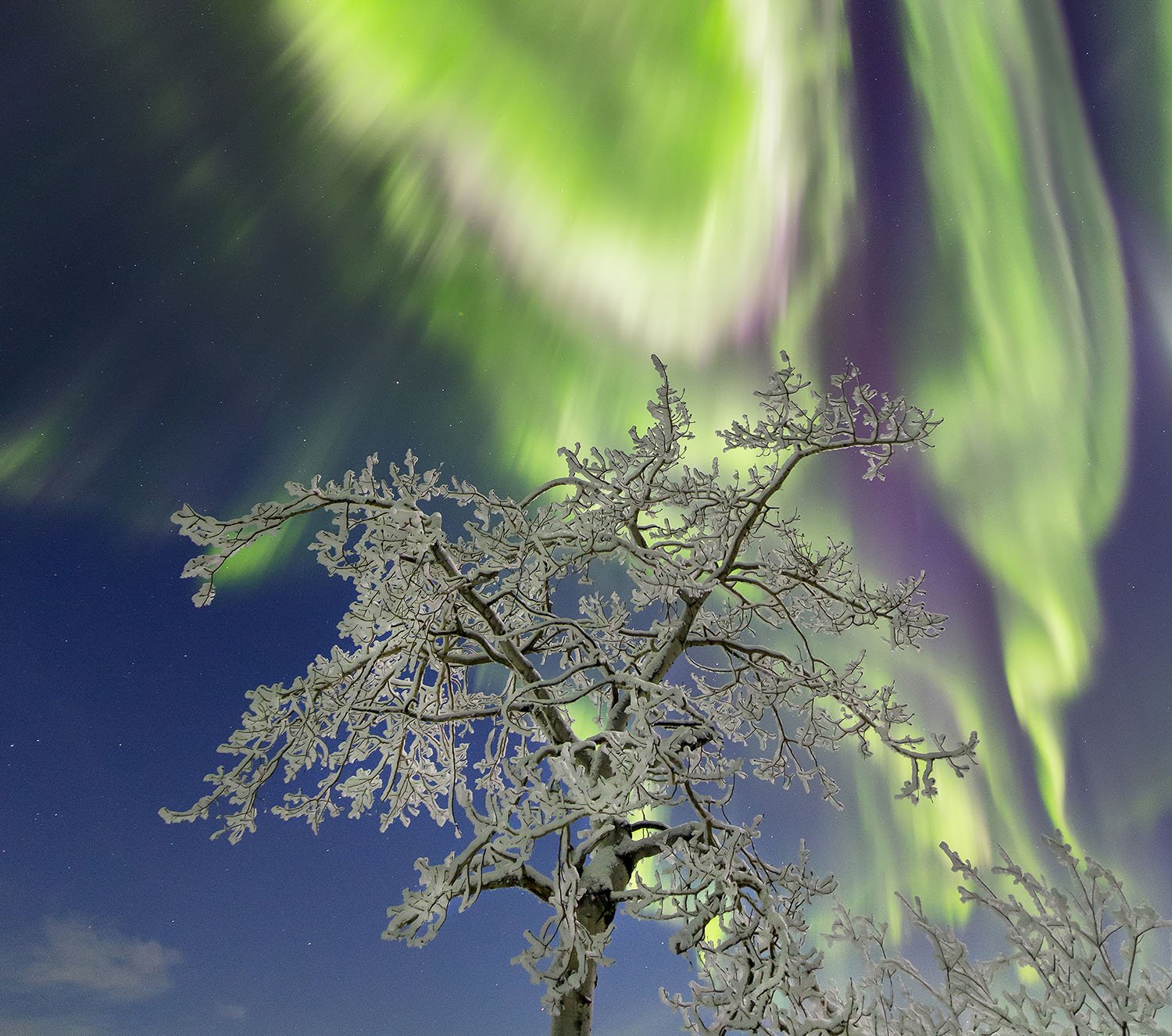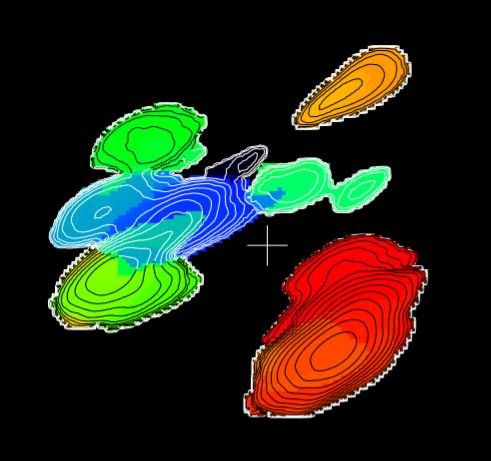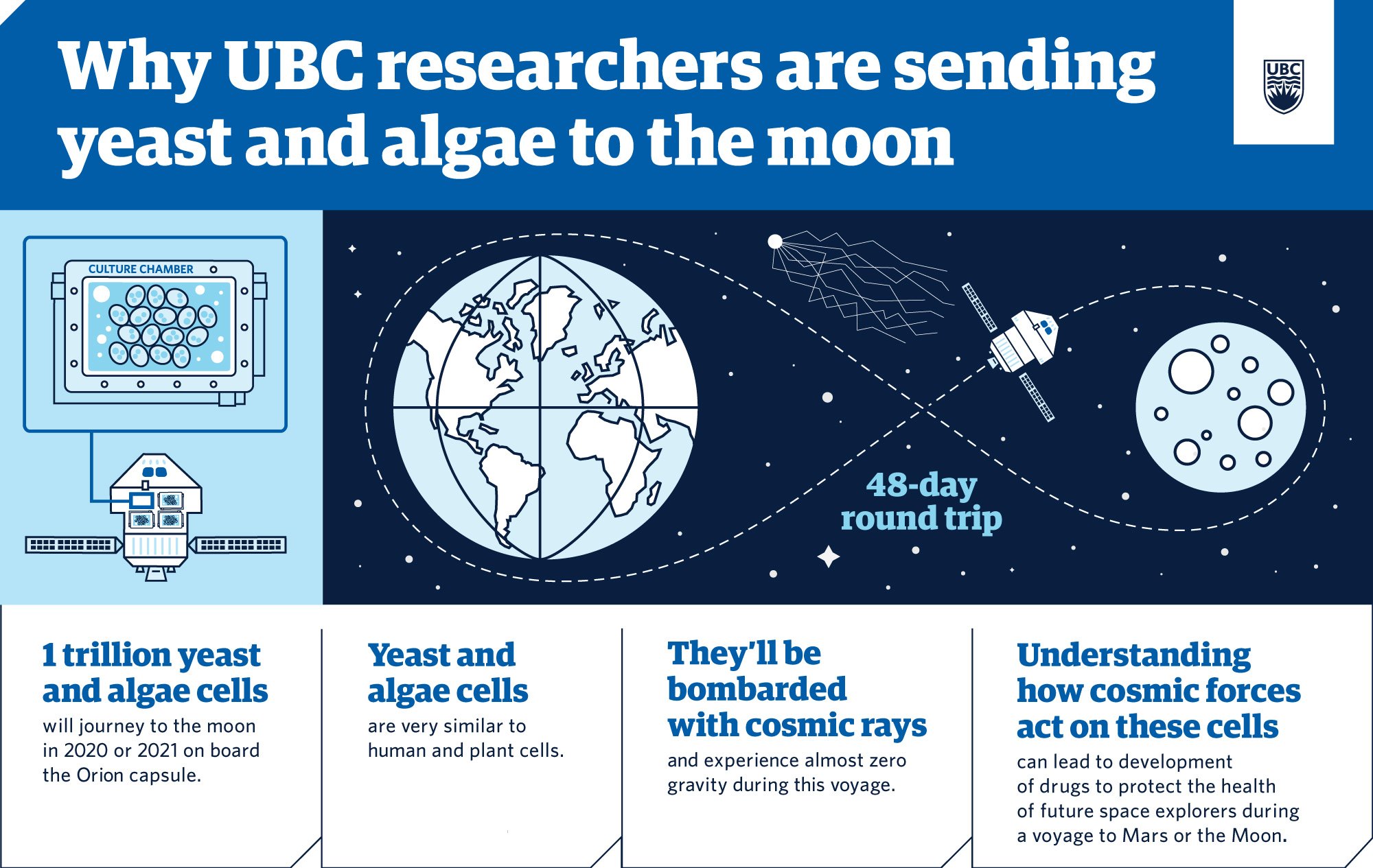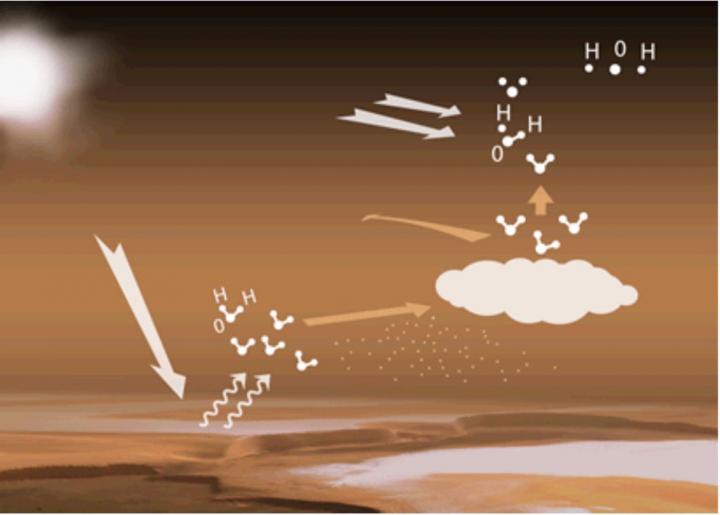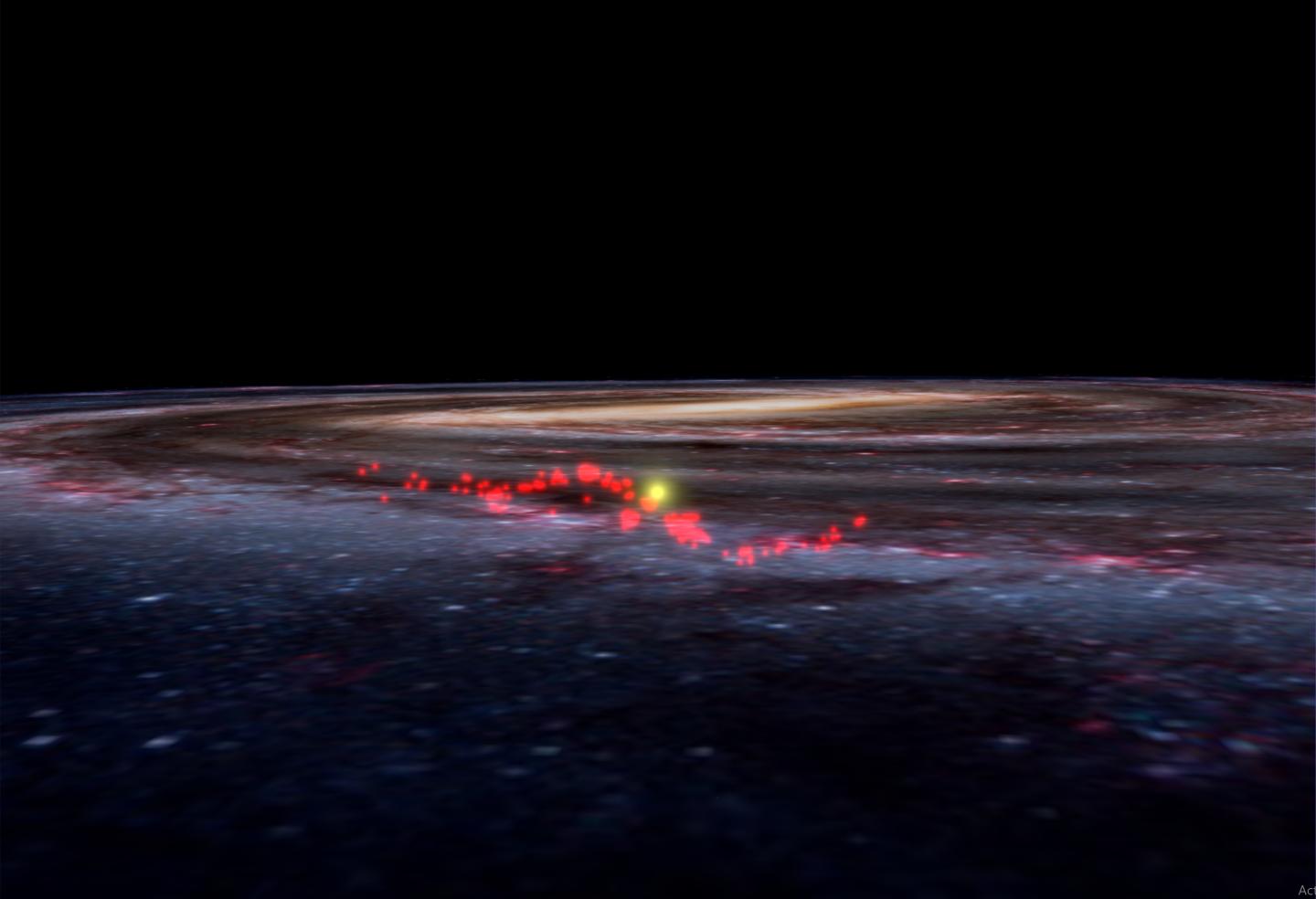Pristine circumstellar material in the young supernova remnant Cassiopeia A
Supernovae and their young remnants often interact with the circumstellar material ejected at the end of the progenitor stars’ lifetime. By studying the physical and chemical characteristics of this material, we can learn how massive stars stripped off their envelopes and exploded, which is crucial for understanding the connection between the diverse types of supernovae … Read more
